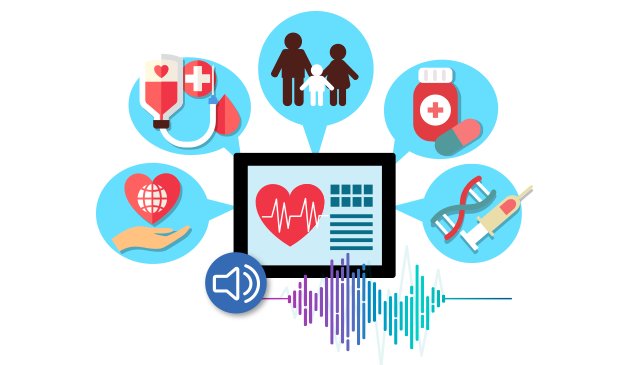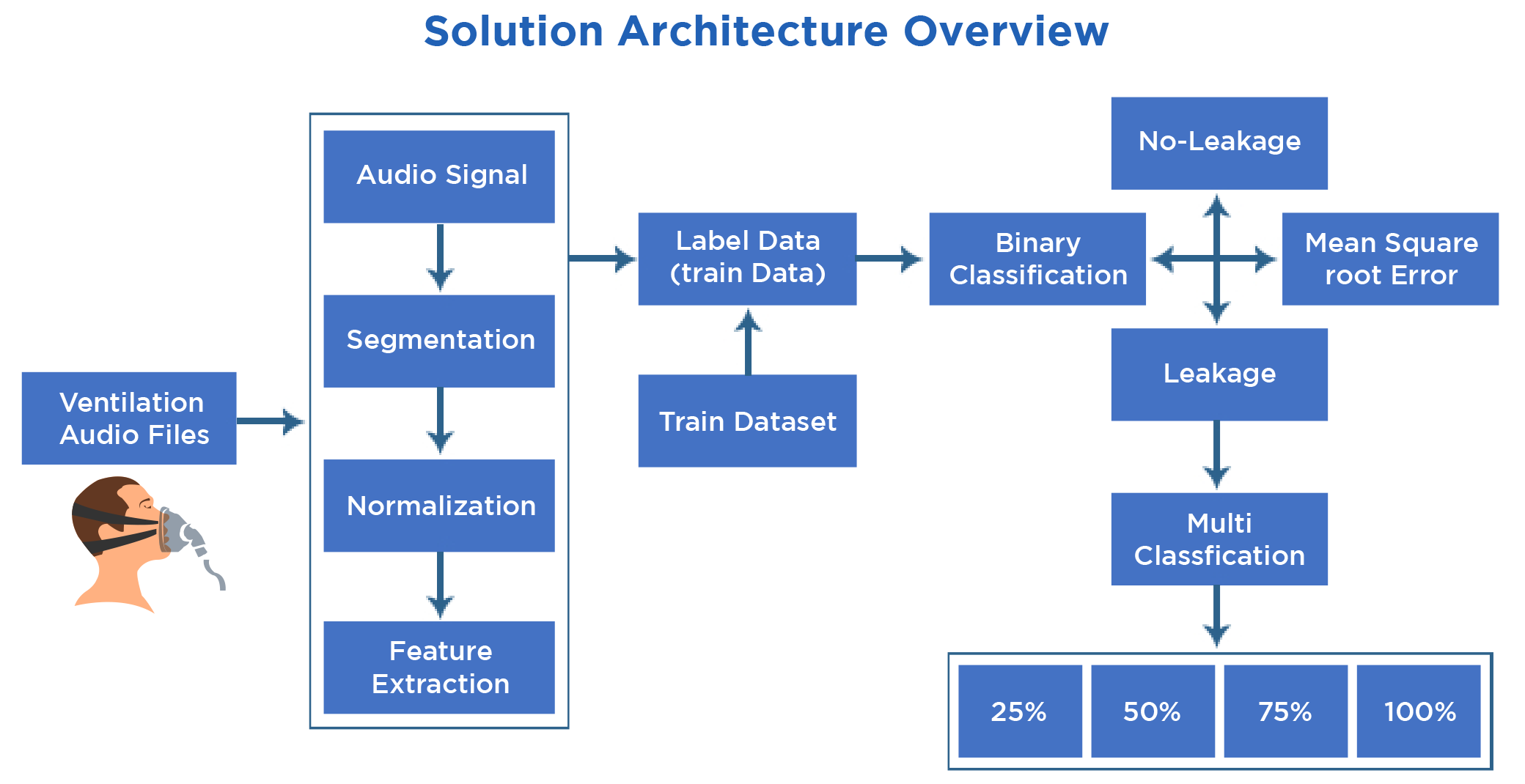
Machine Learning & Artificial Intelligence - Applied to Medical loT Data



Advanced analytics and Artificial intelligence (Al) are finding increasing traction in healthcare industry. A need to develop complex algorithms and analytical models to emulate human learning in the analysis of intricate and tangled medical data is on the rise.
For the industry these intelligent technologies hold promise to enable precision and efficiency in healthcare provisioning.
 Customer Background
Customer Background Requirement
Requirement Scope
Scope Solution
Solution Business Benefits
Business Benefits